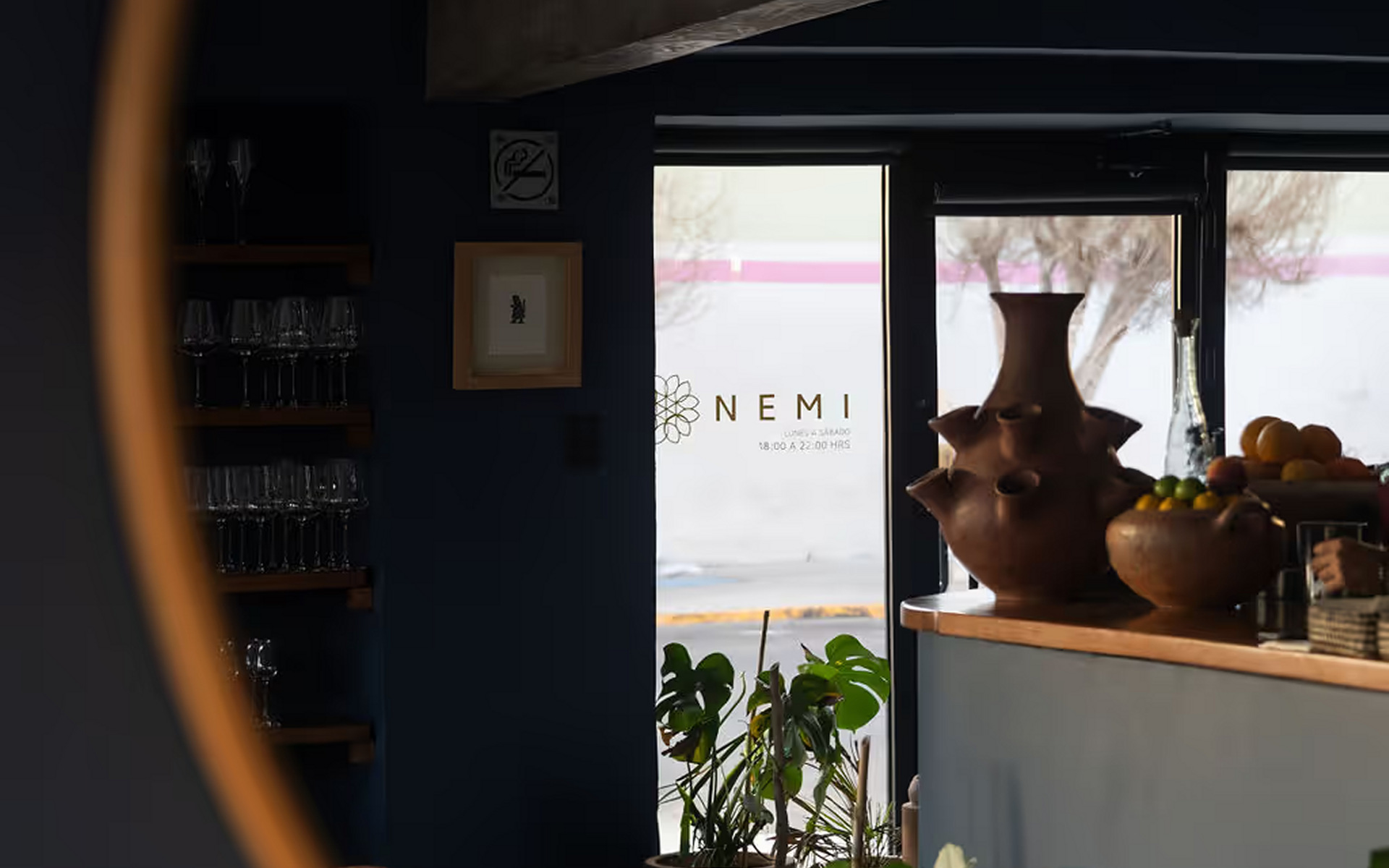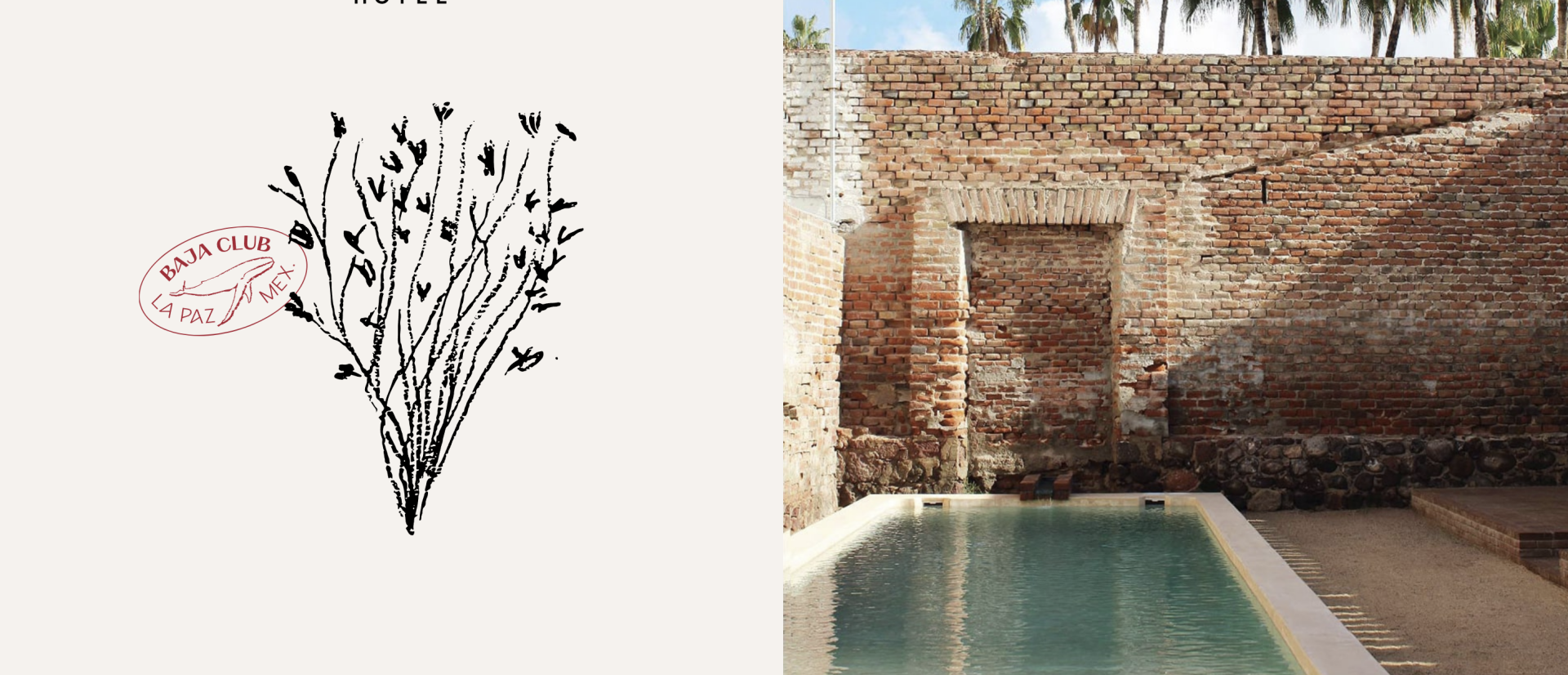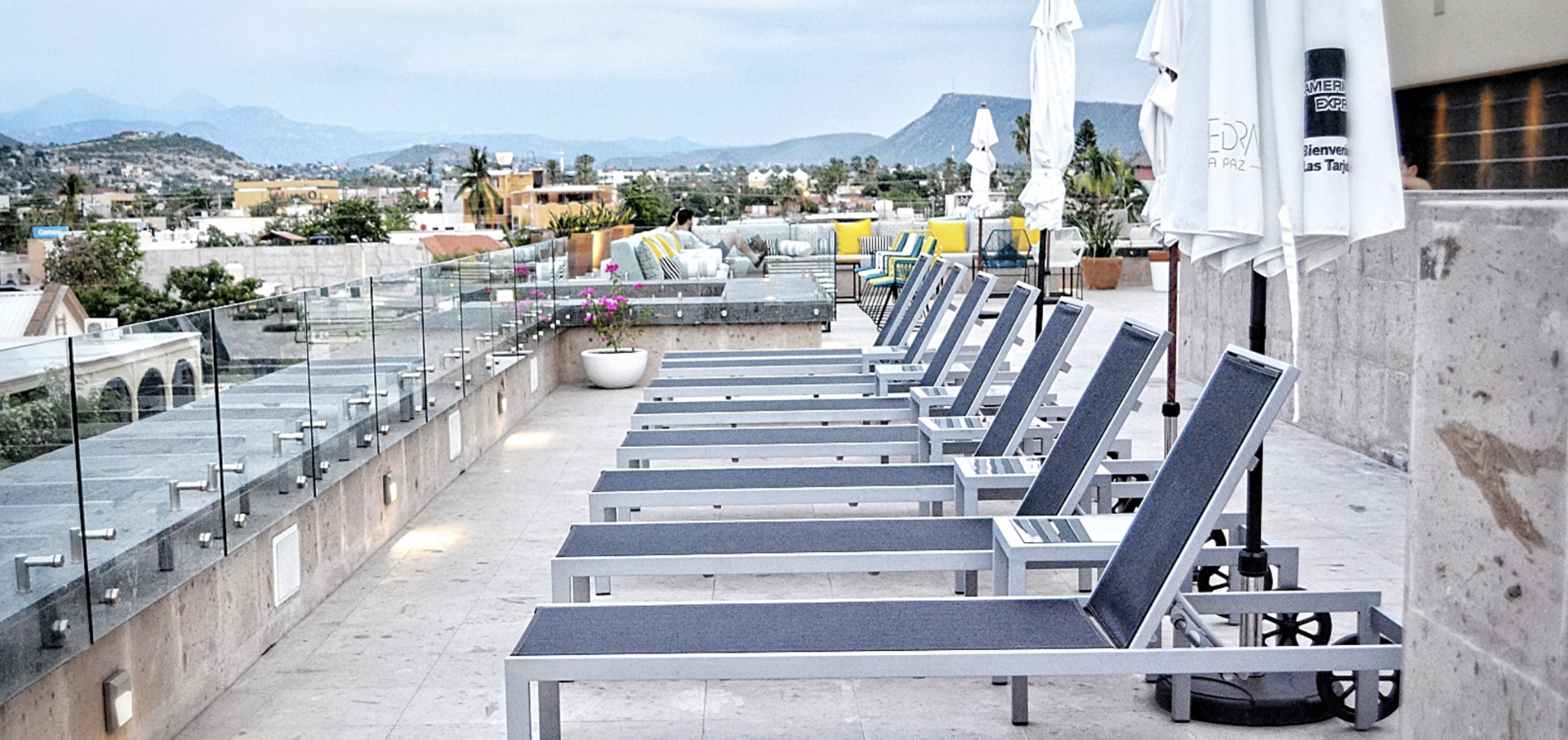
La Paz
La Paz, Mexico.
Lat. 24.1426° N | Long. 110.3128° W
A Very Tranquil Coastal Escape
Nestled along the shimmering shores of the Sea of Cortez, La Paz is Baja California Sur’s serene capital—a place where desert landscapes meet turquoise waters, and time seems to slow down. Unlike its glitzier neighbors, La Paz offers an authentic Mexican experience, rich in culture, marine life, and natural beauty. From its vibrant malecón to its pristine beaches, La Paz invites travelers to explore, relax, and connect with nature.
-
La Paz, the tranquil capital of Baja California Sur, has a history as rich and complex as its surrounding landscapes.
Indigenous Roots
Long before the arrival of Europeans, the area now known as La Paz was inhabited by the Guaycura and Pericú peoples, semi-nomadic indigenous groups who thrived in the arid desert environment and along the bountiful shores of the Gulf of California. They were skilled fishers, gatherers, and toolmakers who left behind cave paintings and archaeological evidence of their presence.
Spanish Exploration
In 1533, Spanish explorer Fortún Ximénez arrived in the bay and was the first European to land in the region, calling it Bahía de Santa Cruz. However, the harsh climate and fierce resistance from native groups made it difficult to establish a permanent settlement.
Later, in 1596, Sebastián Vizcaíno renamed the bay "La Paz"—meaning "peace" in Spanish. Despite the name, the following centuries were marked by failed colonization attempts due to indigenous resistance and logistical challenges.
Jesuit Missions and Colonization
In the 18th century, Jesuit missionaries led by Father Jaime Bravo established missions throughout Baja California, including near La Paz. The region slowly became more settled as missions promoted agriculture, education, and Christianity, though often at great cost to indigenous ways of life.
La Paz eventually became a modest port town, known more for its pearls than its politics. By the 19th century, it had grown into a hub of commerce and marine trade, especially during the pearl diving boom.
19th & 20th Century Developments
La Paz officially became the capital of Baja California Sur in 1830, replacing Loreto. Throughout the 19th and early 20th centuries, it remained a relatively isolated outpost, though it played minor roles in various political struggles during Mexico’s turbulent post-independence years.
By the mid-20th century, technological advances, improved infrastructure, and tourism began to link La Paz to the rest of Mexico and the world. Its protected harbor became home to scientific marine expeditions, and the area gained recognition for its stunning biodiversity.
Today
Today, La Paz is known as a peaceful, environmentally conscious destination—celebrated for its marine life, calm beaches, and local culture. It remains a gateway to natural wonders like Espíritu Santo Island and Balandra Beach, balancing modern development with an enduring sense of history and heritage.
Cardón
Mariscos El Toro Güero
A local favorite, Mariscos El Toro Güero serves up some of the freshest seafood in town. From succulent shrimp cocktails to mouthwatering fish tacos, every dish bursts with flavor and authenticity.

Nim
For a more upscale dining experience, Nim offers a fusion of international and Mexican cuisine. Set in a charming colonial building, the restaurant provides a cozy ambiance perfect for a romantic dinner or special occasion.
Mercado Bravo
Dive into the local culinary scene at Mercado Bravo, a bustling market where you can savor traditional dishes like tamales, quesadillas, and fresh ceviche. It's a sensory delight that captures the essence of La Paz's street food culture.
Las Tres Vírgenes
Established in 2005, Las Tres Vírgenes is a downtown La Paz institution known for its elegant ambiance and commitment to South Californian cuisine. The restaurant offers a seasonal menu featuring organic produce, firewood-grilled meats, and fresh seafood, all complemented by an extensive selection of Baja wines.
Casa del Artesano Sudcaliforniano
This artisan market showcases the craftsmanship of local artists, offering handmade jewelry, textiles, and decorative items. It's an excellent place to find unique souvenirs that reflect the region's culture. Visit Page.

Explore Playa Balandra
Often hailed as Mexico's most beautiful beach, Playa Balandra boasts crystal-clear waters and iconic mushroom-shaped rock formations. Its shallow bay is perfect for kayaking, paddleboarding, or simply wading through the serene waters.






